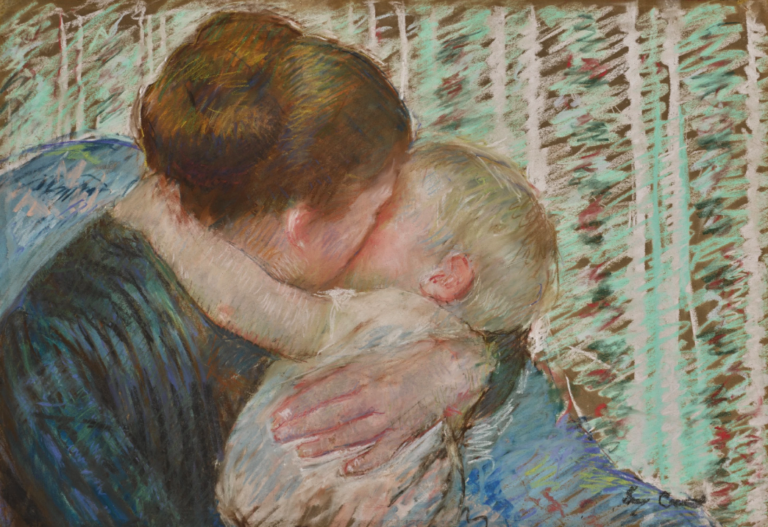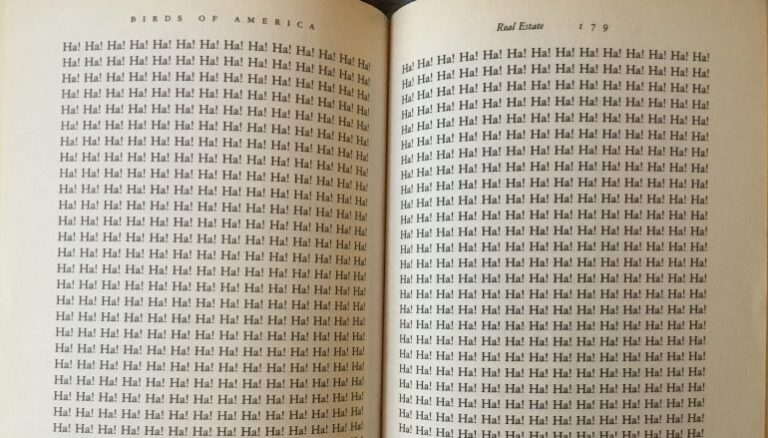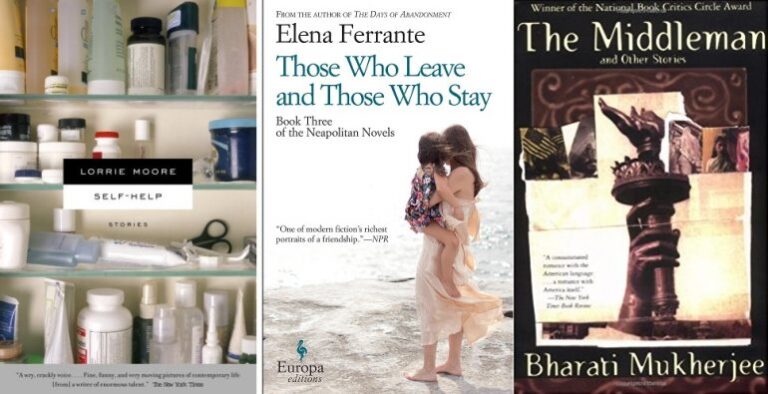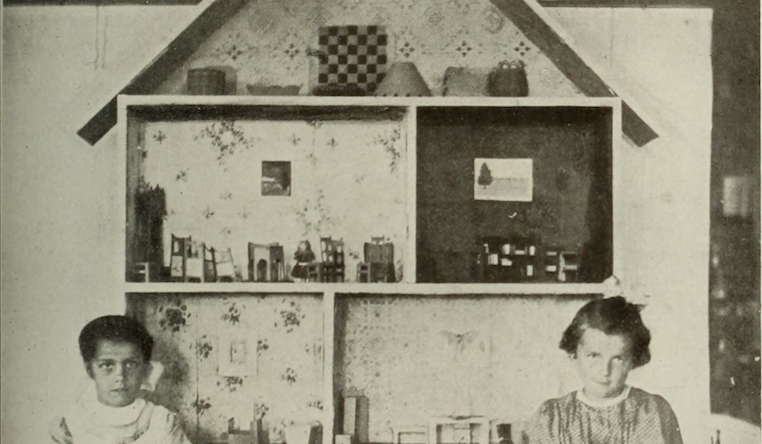Portraits of Motherhood and Grief
Stories by Megan Mayhew Bergman, Sarah Shun-lien Bynum, and Lorrie Moore portray mothers transformed by grief, their ideas of motherhood complicated by the crises that befall them.
Please note that shipping will be slower than usual for orders placed between Dec. 24-Jan. 15! Thank you for your patience.

Stories by Megan Mayhew Bergman, Sarah Shun-lien Bynum, and Lorrie Moore portray mothers transformed by grief, their ideas of motherhood complicated by the crises that befall them.

There are stories that break from patterns, and stories that pull so hard at their stitching that they unravel themselves in the process.

The affair in Lorrie Moore’s story, “How to Be an Other Woman,” starts with a meet cute on a bus: “A minute goes by and he asks what you’re reading. It is Madame Bovary in a Doris Day biography jacket.” Moore’s story is more playful than Flaubert’s, but she takes the trials of adultery seriously.

Lately I’ve been thinking more than usual, like a lot of us, I suspect, about the two stages I occupy at the same time, in each moment and with every decision: the personal and the political. My own small domestic stage has stretched.

A year and a half ago, my uncle Chuck died unexpectedly. My family wanted me to have his books because I was a reader like he had been, and I was also a writer. And I wanted the books, especially his Library of America books.

I’ve always had a wretched time titling my writing. It’s the last thing I do with any piece, and not without a lot of deep sighing. In panic mode I have a rattling tendency to latch on to songs; just in the short history of my posts here, I’ve borrowed titles from Tina Turner and…

Are you a writer looking for a situation with built-in irony and ample opportunities for subtext? Have you considered a melancholy birthday scene? I’ve collected a few merciless examples for consideration. “Referential,” by Lorrie Moore Moore dives into the irony of the sad celebration in the first paragraph of the story, from her most recent…

Lorrie Moore’s story “Referential,” published in the New Yorker in 2012 and included in her 2014 collection Bark, is a clear homage to and reflection of Vladimir Nabokov’s story “Symbols and Signs,” published in 1948 in the New Yorker and included in his collection Nabokov’s Dozen a decade later.

Like long handwritten letters and atlases, postcards descend from another world now deemed impractical. They belong to the world of Denis Breen in James Joyce’s Ulysses and Loyal Blood and his travels across the American West in Annie Proulx’s Postcards. Ruth, in Lorrie Moore’s story “Real Estate,” finds the form “so careless and cheap.” The…
No products in the cart.